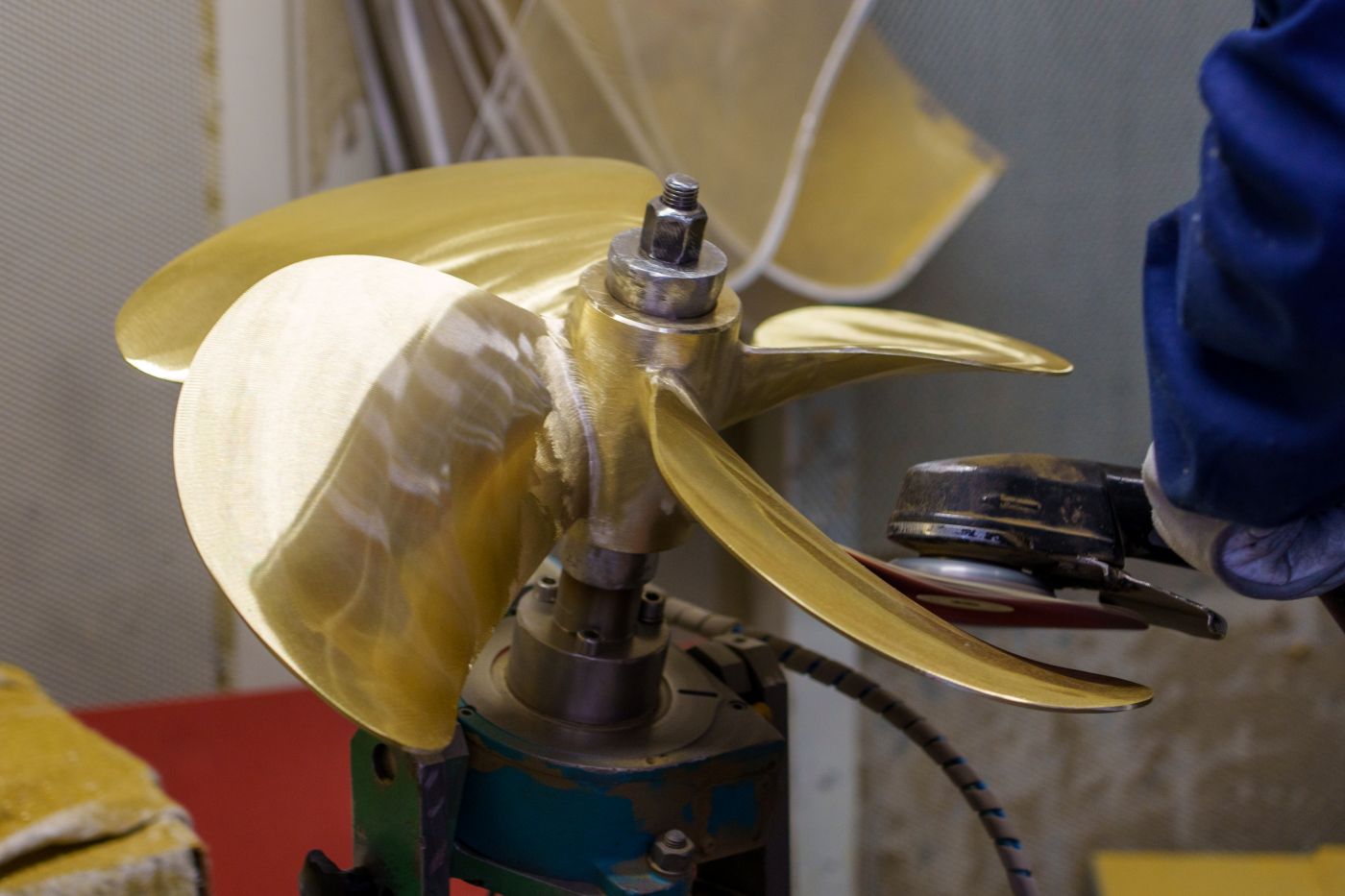Leggi l’articolo in italiano
An excellent news for all yachtsmen is the “rebirth” of one among the most beautiful and charming regattas in the world, Giraglia. The 64th edition of Giraglia Rolex Cup starts today, with a record of participants. Mind you, it’s a metaphorical rebirth, because Giraglia has never died but this massive presence of boats is a significant indicator of a new trend: a long troubled period for all offshore races, now the desire to fight in the sea seems to come back. Giraglia, together with Middle Sea Race, deserves the title of regatta-symbol of the Mediterranean Sea.
The programme includes at 20.00 the beginning of the Marsiglia-Saint Tropez race, a new regatta run for the first time this year, while at 24.00 it will be the turn of the Sanremo – Saint Tropez with 117 participants. Both the two regattas will finish next Saturday. From June 12nd to 14th, it will be the turn of three days of coastal regattas. June 15th will mark the beginning of the “true” offshore regatta ( Saint Tropez – Giraglia – Genoa).
In total, the boats of this 64th edition of Giraglia Rolex Cup are 303: in addition to 117 boats for the Sanremo-Saint Tropez and 13 boats for the Marsiglia-Saint Tropez, 210 boats will take part to the coastal regattas, while 269 boats will be on the starting line of the offshore regatta. The represented countries are 18: Austria, Belgium, France, Germany, Great Britain, Italy, Latvia, Luxemburg, Malta, Principality of Monaco, Holland, Portugal,Czech Republic, USA, Switzerland and Turkey.
Among participarts, the Maxi 72 Jethou of Peter Ogden, Atalanta II of Carlo Puri Negri (designed by Bruce Farr in 2004, the boat was modified in 2016 by Umberto Felci), Baltic 78Lupa of London, Wally Magic Carpet Cubed of Lindsay Owen Jones, 52 Charged of Daniil Zhilkin, VOR 70 SFS of Lionel Pean.
Giraglia Rolex Cup will see also the participation of some classic boats, such as: the 26-metre-schooner Lelantina, designed and built in 1937 by Abeking & Rasmussen (Germany), the 15-metre Mariska, built in 1908 by following the project of William Fife III and Moonbeam of Fife, 30 metres long and built in 1903.



























